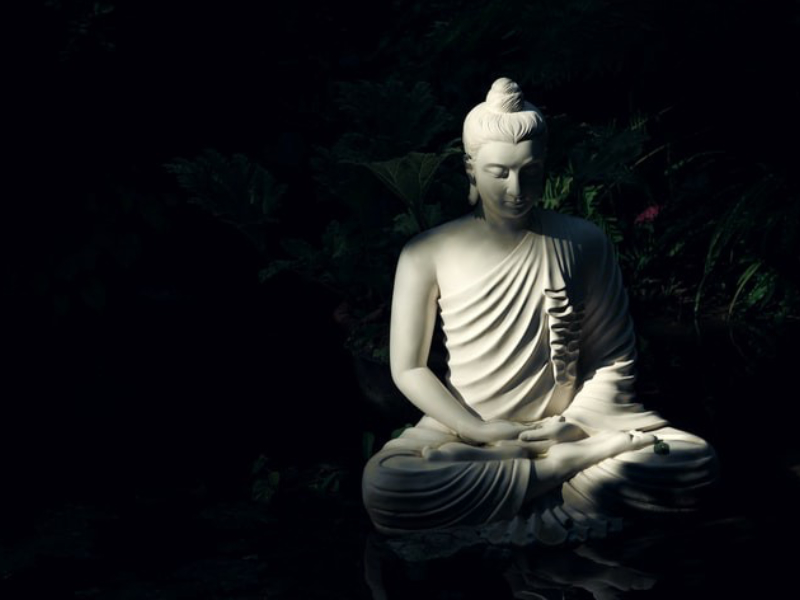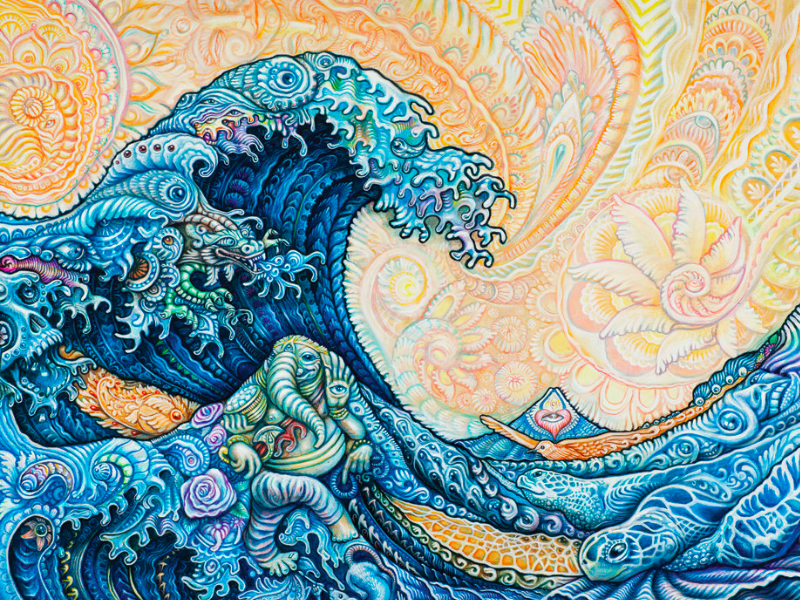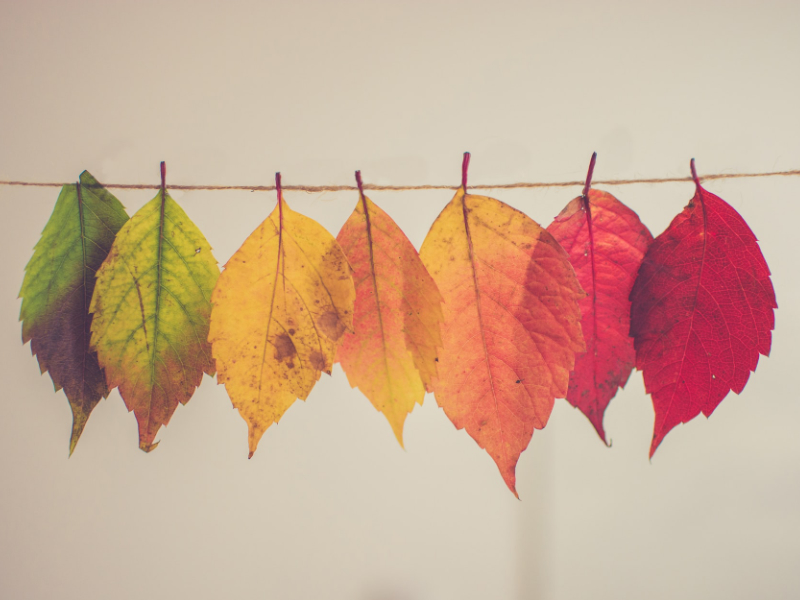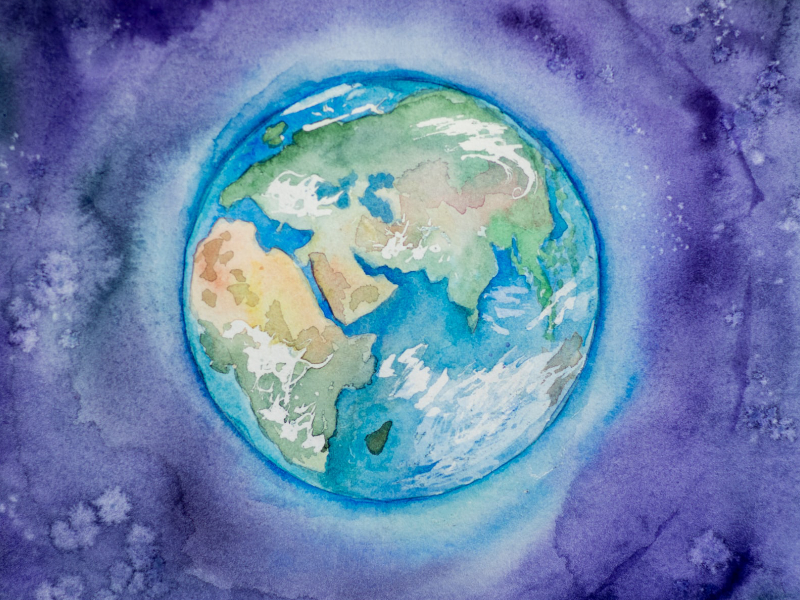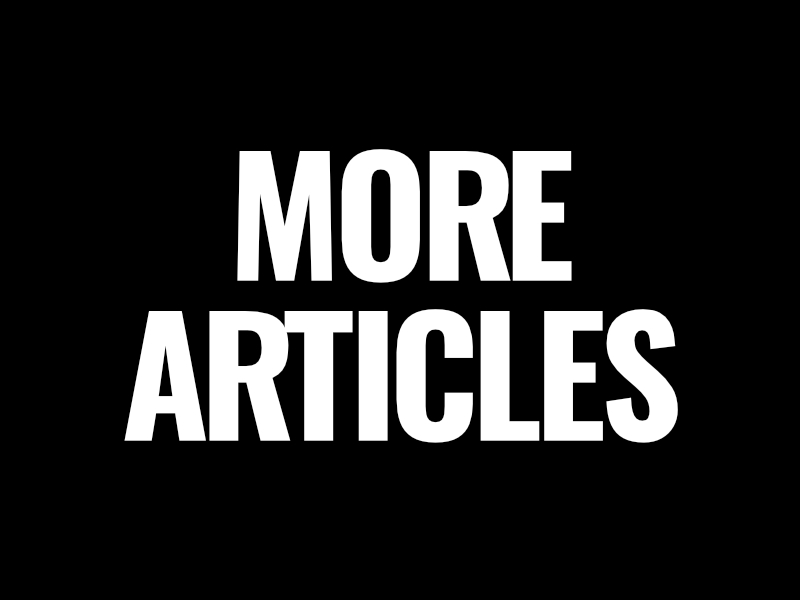The Art of Bare Attention
– What is Vipassana? –
Welcome back. Today we’re going to talk about the ancient Buddhist practice vipassana, or insight meditation.
Now, just to be clear, this is an entirely secular practice. It doesn’t require you to adopt any dogmatic beliefs. It doesn’t require you to abandon your faith if you have one. And, in fact, the practice might even allow you to pull more out of your faith. It’s actually a common experience for people, after practicing vipassana, to open to new dimensions of their faith, or to see aspects of their faith in a new light.
But again, the practice is a secular one. So, it doesn’t matter if you’re an atheist, a skeptic, a non-believer, or the pope. The only requirement is that you’re human, that the light of awareness is on, that the awe-inspiring space of experience stands before you, with all its majesty and mystery.
Vipassana, or insight meditation, is merely a means for investigating the nature of one’s own mind, a means for cultivating mindfulness, for increasing and expanding one’s awareness. The Dalai Lama himself said, “Buddhist teachings are not a religion, they are a science of the mind.”
The Buddha was not a God but a human being, who saw suffering in the world and was compelled by compassion to understand and relieve it. And in the end, after an unyielding commitment and devotion to this problem, he not only discovered a lasting peace but he experienced some fascinating insights about the nature of the human mind, which once grasped, not conceptually or as an idea, but once witnessed directly in one’s own experience, can lead to a radical transformation of one’s being in the world.
This wisdom, these teachings and insights, have now been passed down, explored, tested, and expanded for 2500 years. They are now even being corroborated with the rigorous methods of Western science, in both psychology and neuroscience.

Okay, well now that I’ve hopefully assuaged any concerns, now that you know you’re not being inducted into a cult or anything like that, let me build out a bit of framework, so you have some conceptual structure to sit in when we begin our first practice.
Perhaps the first thing to address, the foundation we need to lay, is a philosophical understanding that sits at the roots of both Eastern and Western philosophy — and that is the difference between relative and ultimate truth or, in its Western frame, the difference between reality and appearance.
And if you’re not already familiar with these philosophical principles, no worries. Your understanding of them will unfold in time. It’s enough today to understand that knowing something conceptually or as a matter of theory is much different from knowing something directly, as a matter of raw experience.
“Knowing what something is is different from knowing how something feels” – The Giver
If a child’s parents decide to get a divorce, they can tell the child they plan to get divorced. But the child will not really understand what divorce is until she has the direct experience of it.
We can call a sunset a sunset, but the actual sunset — the experience of it — is whatever it ineffably is. It’s not the idea or the concept of it. It’s just it.
“The finger that points to the moon is not the moon.” -Zen Saying
So, vipassana, or insight meditation, is a practice of looking beyond the world of appearances, it’s a practice of looking directly at the nature of all things.
It is sometimes translated as ‘clear knowing’ or ‘bare knowing,’ which I think is a useful way to think about it — to observe, to feel, to see clearly and directly the raw data of experience, to see things not as concepts or ideas but to know them directly.
So, just as when Jesus invited us to learn to see again through eyes of a child, vipassana asks us to see the world as it is, without concepts, without biases and judgments clouding the raw experience of it. It invites us to step into the foundational wonder of all things.

But the practice doesn’t stop here. The deeper wisdom in the practice also invites us to live in harmony with reality, to live in harmony with truth, with natural law, with the way things are, with the dhamma, and I don’t mean as dogmas to be believed but as truths to be investigated and known directly in one’s self.
Another way to think about the practice, then, is to think about it as a path of opening, of opening to the world and to all the dimensions of ourselves, including the mind-body process, and then to step into these truths and rhythms, to be at one and at ease with them.
We learn to open to the body, to its constant flow of energy. We learn to open to any areas of tension or tightness, to accept them, to relax into them, and to free them.
We learn to open to and refine our senses. When the mind placates, when it gets quieter and more focused with practice, the world of our senses becomes increasingly vivid and bright. We realize that we had been closed off to so much of the world around us.
We also learn to open to our feelings and emotions. As we practice, many suppressed emotions come to the surface, and so we begin to open to and be with the complexity and richness and fullness of the human experience.
We learn to open to the seasons, to the seasons of the world and to the seasons of life. We open to the ever-changing nature of all things, to the ups and the downs, to the gains and losses, to the praise and the blame, to the joys and the sorrows of life.
We also learn to open to our intuition, we learn to open to an intuitive realm that doesn’t involve discursive thinking. We end up having more space and peace in the mind, less distraction and clutter, to hear this intuition, to feel it, to respond to it. And so we learn to trust ourselves more.
And, after the mind has become more stable, we also learn to open to our thoughts, to our ideas, our frameworks, concepts, and convictions. We learn to see them and to relate to them in a different way. We are able to observe them from an open and spacious awareness, rather than collapse into them, rather than identify ourselves so readily with them.
And so this allows us to be less reactive to them. We gain the freedom to discern with wisdom which thoughts to engage and which thoughts to leave alone.
Finally, and perhaps the pinnacle of the practice, is to open to and discover ourselves, our true and authentic selves, to be at peace with and at home with ourselves.
In any case, I hope you enjoy the course.
Until next time.
More Articles
“The Art of Bare Attention”
Today we’re going to talk about the ancient Buddhist practice vipassana, or insight meditation. Now, just to be clear, this is an entirely secular practice. It doesn’t require you to adopt any dogmatic beliefs…
“The Faceless Seer”
How do you hold your love? Do you hold her from stillness, with nowhere to go, with nothing to do? How do you hold your love? Do you hold her with acceptance, with open hands and arms, with unabashed…
“Everything Changes”
It’s no secret everything changes. Your experience this morning isn’t your experience now. Yet how many of us act like we really understand this? How often do we grasp onto the illusion of things…
“The Divine Connection”
How do you hold your love? Do you hold her from stillness, with nowhere to go, with nothing to do? How do you hold your love? Do you hold her with acceptance, with open hands and arms, with unabashed…

